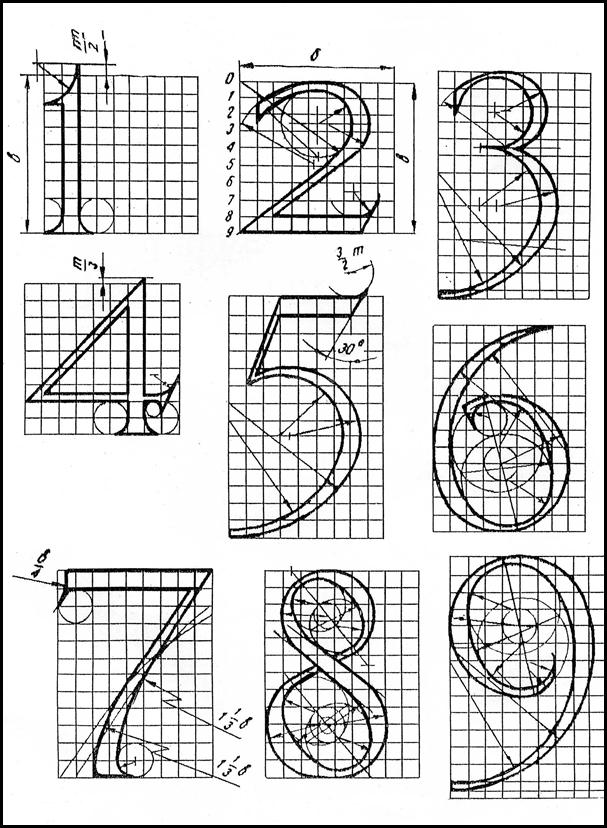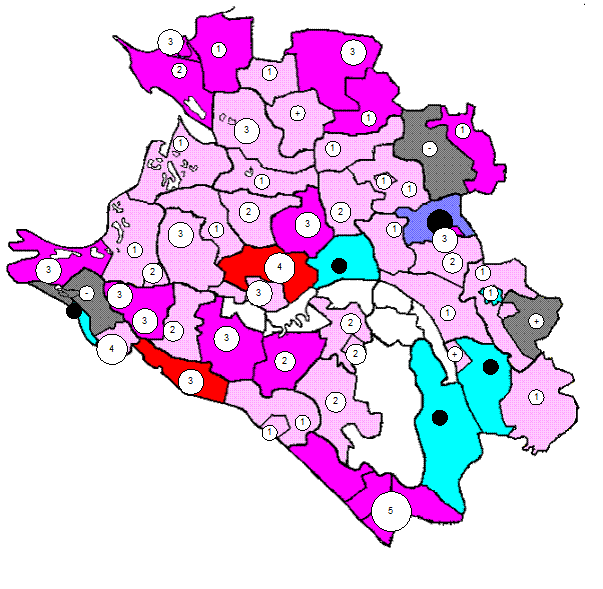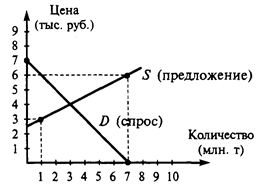Noun and its grammatical categories.
The only morphological category of the noun which is almost always marked in present-day English is that of number. Like in Ukrainian, it is mostly realized synthetically, i.e. through zero and marked inflexions respectively. Eg: child - children, ox - oxen, and correspondingly baths, cargos, jubilees, bushes, watches, countries, heroes/ vetoes, etc. Traditionally the category of number is defined as the one that shows whether we speak of one subject or more than one. But because some single objects are used only in the plural (scissors, trousers, ect.), a better definition of the category of number can be suggested. Number shows whether the inner segmentation of a substantilent conception is expressed or not. If such a segmentation is expressed then this conception can have 2 numbers. If such a segmentation is not expressed then we can speak about a noun as having a singular number or plural number. In the contrasted languages completely allomorphic, i.e. characteristic only to the English language, is the formation of plural number by way of sound interchange: foot -feet, tooth - teeth, goose - geese; man - men, woman - women; louse - lice, mouse- mice. A few simple life nouns have in English one and the same form for singular and plural (cf. grouse, sheep, deer, swine, plaice). Usually, these nouns also have the zero marked plural form: carp, pike, trout, deer, salmon. Apart from the genuinely English there are some borrowed noun inflexions: stimulus - stimuli, curriculum – curricula, criterion-criteria, basis-bases. Unlike English, Ukrainian number inflexions are partly predetermined by the declension groups, and partly by the gender of nouns and final consonant or vowel, which can respectively be hard, soft or mixed (sibilant): день-дні, море-моря, крило-крила. Typologically isomorphic, on the other hand, is the existence in English and Ukrainian of the classes of singularia tantum (only singular) and pluralia tantum (only plural).The singularia tantum include some semantic groups of mainly common nouns like:
|




